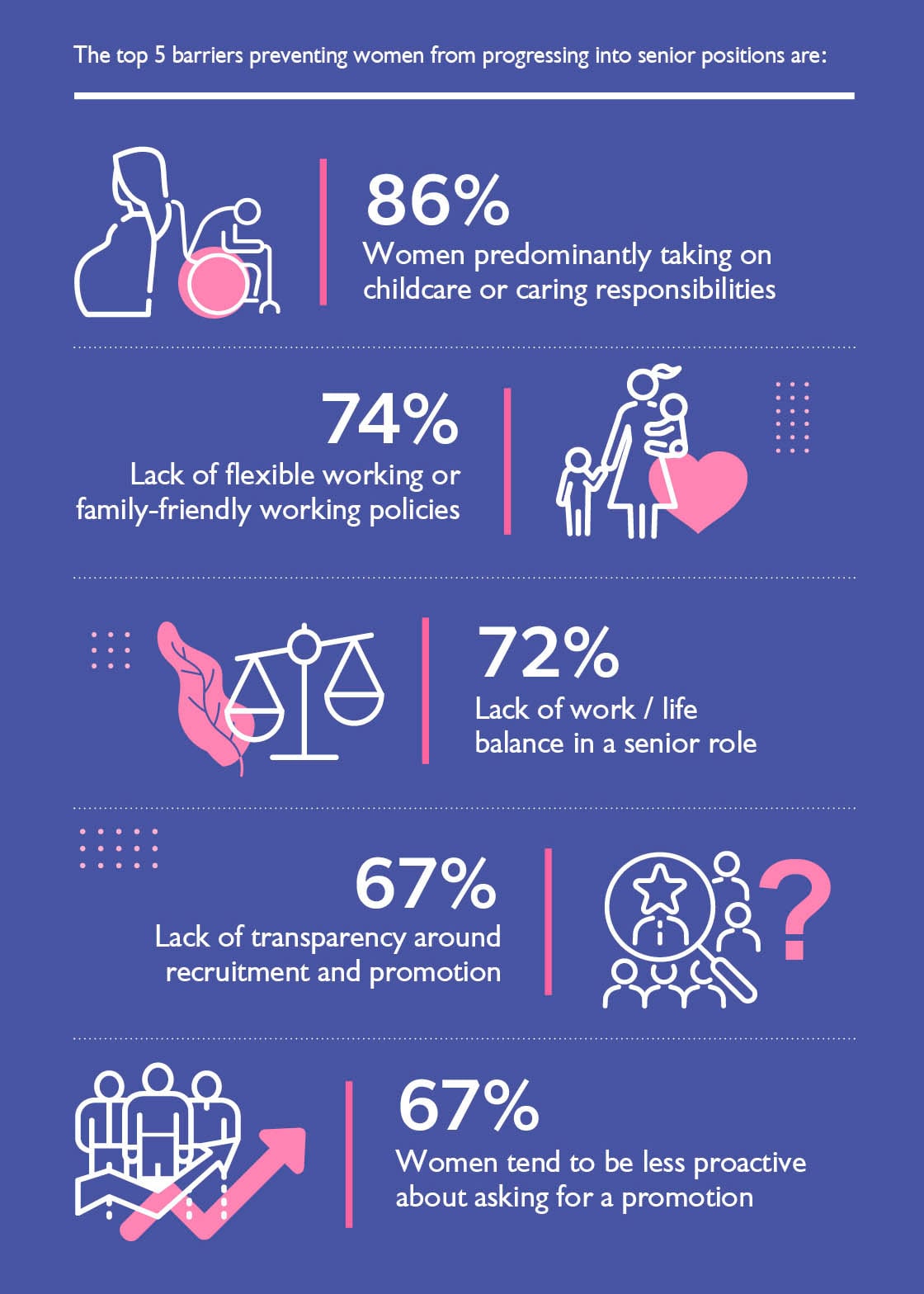
Global Women in PR (GWPR), a global membership organisation for women in senior PR and communications roles, has published its Global Women in PR Annual Index Report, providing an in-depth insight into the position of women working in the PR and Communications industry across global markets, including the Middle East.
Conducted in partnership with leading research agency and sponsor, OPINIUM, GWPR’s annual index is part of the organisation’s five-year plan to understand the factors contributing to women’s growth in the industry and measure the industry’s progress towards achieving gender equality.
The presence of women in the public relations and communications sector has been steadily increasing the world over, with the Middle East no exception. A report in 2019, revealed that the percentage of women in the PR industry in this region reached nearly 71% of the overall workforce in 2019, making it one of the few female-dominated professions. Furthermore, the UAE recently announced that 18 major local and international private-sector companies voluntarily pledged that women would occupy 30% of its leadership positions by 2025.
However, despite this positive momentum and the global PR industry being two-thirds female-led, the industry’s boardroom continues to tell a starkly different story, with men occupying most seats at the table. Numerous surveys have pointed to the fact that men are generally paid more than women for doing the same job. For example, a survey conducted by PRCA in its MENA’s PR and Communications Census 2021 revealed that men are more likely to occupy the top salary brackets than women, and less likely to occupy the lower brackets.
Building on this, GWPR’s annual index closely examines the issues impeding women’s appointment at C-suite levels, identifying solutions and encouraging positive change by helping inspire more PR women to reach leadership positions.
The report includes a roadmap of experiences and challenges faced by PR professionals from around the world, collected via an online survey. Some of the report’s key findings include:
Workplace flexibility: Looking at the potential barriers women face when it comes to progressing into senior positions, it is not surprising that the biggest barrier continues to be childcare or caring responsibilities. Related to this, three-quarters in the survey felt that a lack of flexible working and family-friendly policies prevented women from progressing into senior positions. A similar number believed the lack of work-life balance in a senior role was another barrier. However, the recent changes and flexibilities in working practices brought about by the pandemic helped women break down these barriers and improve their career progression.
Mental wellbeing: For many women working from home during the pandemic has meant having to juggle childcare responsibilities, domestic duties, and a busy workload. Not surprisingly, many women have experienced burn out and only around a half of PR professionals currently claim to have a good work-life balance. Worryingly, over a third of respondents are not offered any mental health support initiatives by their organisations.
Impact of parenthood: When it comes to comparing the career progression of mothers and fathers, the gender difference continues to be stark. More than half (51%) of PR professionals feel mothers are promoted more slowly, compared to fathers. A disparity commonly attributed to cultural misperceptions and the lack in equal division of responsibilities within households.
The benefits of women in leadership roles: On an uplifting note, over four-fifths of PR professionals believe that having women in the boardroom helps improve both the productivity and the creativity of the company. When it comes to working practices, 82% believe that having women in the boardroom can help improve company working practices, with 81% believing that having women on boards clears barriers to promotion for other women. A telltale sign that the industry is primed for a shift in leadership.
The way forward: Flexible working practices are considered the top initiative to enable more women to take on boardroom or senior leadership roles. Other initiatives identified by GWPR’s report to help women’s career progression include mentoring schemes, more senior recognition of the issues around gender inequality, and opportunities to take part in career acceleration programmes.
Rachel Dunn, Chair, Global Women in PR MENA said, “As an organization focused on empowering and increasing the impact of women in the region’s PR and communications industry, we hope that our 2022 Annual Index will inspire change amongst organizations and its leaders, increasing the number of women in leadership positions. Considering the insight that ‘a balanced boardroom helps create a more successful business’, companies must embed parity at the very core of their values, and this commitment must be upheld at the very top.”
“Until gender parity across the board is achieved, GWPR will continue to question and challenge the status quo and make the case for lasting change,” Rachel concluded.










